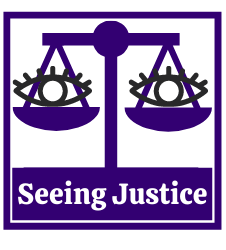Reasonable Officer visits Montreal
As mentioned in our last blog post, the Reasonable Officer project is expanded. With an exciting new grant, the ORA, we are now collaborating with scholars in Germany, France, and Wales to explore the use of visual media in police oversight and training.
We recently connected with the team who received the first ORA in Canada, with the Canadian team led by Marc Alain in Laval. They are also investigating police and police oversight, looking at public perceptions and knowledge about oversight bodies. We were delighted to find that our research interests are quite aligned, while our methods and focus were different enough to be complementary. We look forward to further collaborations and exchanges with them in the future.
After much fruitful informal discussion, Patrick gave a talk for the Centre international de criminologie comparée. We are very pleased to be able to share this talk here. After opening remarks in French, the talk is in English.


